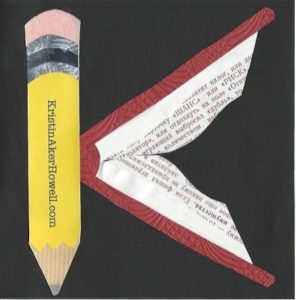June 12, 2013 | Posted in:Blog: Story Stories, teaching
A seed is full of genetic material. It contains a bit of food to get the next creation growing.
Without a seed, a writing class is a writing club.
After the fun, after the friends, a writing class needs a seed: a small, inspiring, critical component. I like to read a story. Usually I ask a question – or introduce an idea – before I read a story. That question – or idea – is the seed.
Before Audrey Wood’s Heckedy Peg we talked about foreshadowing. As I read the story to a group of second and third graders we discussed how the items children needed from the market foreshadowed what they became at the witch’s house, which foreshadowed how their mother saved them.
I asked: Did you foreshadow something in your story?
I never point out a lack of something in a child’s story. I know, from writing my own stories, that it is far too easy to shut down the creative process. I learn more by seeing new things in other stories. When I’m really lucky, I might make a connection to my own writing. When I’m fortunate as a teacher, one of my students might find his own connection.
After reading Heckedy Peg, I said, “Sometimes we give ourselves a gift at the beginning of our stories we forget. Maybe if we have trouble with an ending, we can re-read the beginning we have already written.”
“Oh!” said a second grade student, “I just thought of an idea for my story.”
That is my greatest hope for students when we read and discuss literature: that they will make a connection to their own writing. And, that this connection will help them to grow.
